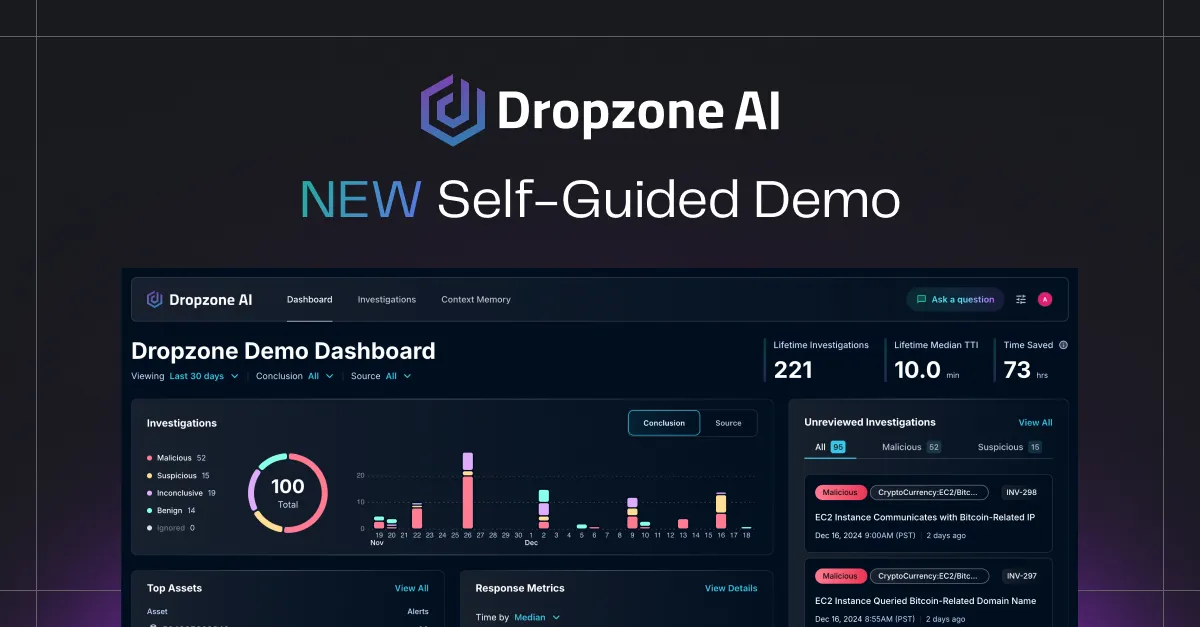Incident response is the organized process organizations use to prepare for, detect, contain, and recover from cybersecurity incidents. It involves a structured approach to handle security breaches, cyberattacks, and data breaches, aiming to minimize damage, reduce recovery time and costs, and prevent future incidents. According to IBM's 2025 Cost of a Data Breach Report, organizations with tested incident response plans save an average of $2.66 million per breach compared to those without formal response capabilities.
The incident response process transforms chaos into coordinated action when security incidents strike. Rather than scrambling to figure out next steps during a crisis, organizations with mature incident response programs follow predetermined procedures that ensure rapid containment and systematic recovery.
The Core Phases of Incident Response
Security professionals typically follow the SANS incident response framework, which divides the process into six distinct phases. Each phase builds upon the previous one, creating a comprehensive approach to incident management.
1. Preparation
The preparation phase establishes the foundation for effective incident response. Organizations develop response plans, define team roles, deploy monitoring tools, and conduct regular training exercises. This phase includes creating playbooks for common incident types, establishing communication protocols, and ensuring legal and regulatory requirements are understood.
2. Identification
During identification, security teams detect and validate potential incidents. This involves alert triage, determining incident scope and severity, and beginning evidence collection. Teams must quickly distinguish between false positives and genuine threats while assessing the potential business impact.
3. Containment
Containment focuses on limiting incident damage through immediate isolation of affected systems. Teams implement short-term containment for immediate threats and long-term containment to protect production systems. The goal is preventing lateral movement while preserving evidence for investigation.
4. Eradication
The eradication phase removes threats from the environment completely. This includes eliminating malware, closing vulnerabilities that enabled the attack, and updating security controls. Teams must verify complete threat removal before moving to recovery.
5. Recovery
Recovery involves restoring systems to normal operations while monitoring for reinfection. Organizations follow phased restoration approaches, validate security controls, and coordinate with business continuity teams to minimize operational disruption.
6. Lessons Learned
Post-incident analysis identifies what went well and what needs improvement. Teams conduct review meetings, perform root cause analysis, and update response procedures based on findings. This continuous improvement cycle strengthens future response capabilities.
Incident Response Team Structure
Effective incident response requires clearly defined roles and responsibilities across multiple disciplines.
Core Team Members:
Incident Response Manager: Coordinates overall response and makes critical decisions
Security Analysts: Perform technical investigation and analysis
IT Operations: Handle system recovery and restoration
Threat Intelligence: Provide context on threats and attack patterns
Extended Team Members:
- Legal Counsel: Manage regulatory compliance and liability concerns
- Human Resources: Address insider threat scenarios
- Public Relations: Handle external communications
- Executive Leadership: Provide strategic direction and resources
Many organizations establish a Computer Security Incident Response Team (CSIRT) that works alongside or within their Security Operations Center (SOC). While the SOC provides continuous monitoring and initial detection, the CSIRT specializes in handling confirmed incidents requiring coordinated response.
Essential Incident Response Tools
Modern incident response relies on integrated technology stacks that enable rapid detection and response.
Core Technologies:
- SIEM (Security Information and Event Management): Aggregates and correlates log data across the environment, providing real-time analysis of security alerts and helping teams identify patterns that indicate potential incidents across networks, applications, and systems
- EDR (Endpoint Detection and Response): Provides visibility and response capabilities at the endpoint level, continuously monitoring workstations and servers to detect suspicious behavior, investigate threats, and enable remote containment of compromised devices
- SOAR (Security Orchestration, Automation and Response): Automates response workflows and playbooks, coordinating actions across multiple security tools to execute predetermined response procedures, reducing manual tasks and ensuring consistent incident handling
- Forensics Tools: Enable deep investigation and evidence analysis through disk imaging, memory analysis, and artifact collection, helping teams understand attack methods, identify compromised assets, and preserve evidence for potential legal proceedings
Supporting Tools:
- Threat intelligence platforms for context on attacks
- Ticketing systems for incident tracking
- Communication platforms for team coordination
- Backup solutions for recovery operations
Key Incident Response Metrics
Organizations measure incident response effectiveness through specific key performance indicators that reveal program maturity.
Time-Based Metrics:
- Mean Time to Acknowledge (MTTA): Speed of recognizing alerts
- Mean Time to Detect (MTTD): How quickly threats are identified
- Mean Time to Contain (MTTC): Efficiency of isolation efforts
- Mean Time to Respond (MTTR): Overall response speed
Quality Metrics:
- False positive rate
- Incident recurrence rate
- Successful containment percentage
- Post-incident improvement implementation rate
Organizations track these metrics to identify gaps in their incident response capabilities and measure improvement over time.
Best Practices for Incident Response
Successful incident response programs share common characteristics that enable consistent, effective threat management.
Before an Incident:
- Develop and maintain detailed response playbooks
- Conduct regular tabletop exercises and simulations
- Establish clear communication channels and escalation paths
- Ensure proper logging and monitoring coverage
- Create and test backup and recovery procedures
During an Incident:
- Follow established procedures rather than improvising
- Document all actions and decisions thoroughly
- Preserve evidence according to chain of custody requirements
- Maintain regular stakeholder communications
- Avoid making hasty decisions under pressure
After an Incident:
- Conduct thorough post-incident reviews
- Update procedures based on lessons learned
- Share threat intelligence with appropriate communities
- Improve detection rules and response procedures
Common Incident Response Challenges
Organizations face several obstacles when building and maintaining incident response capabilities.
Resource Constraints: The cybersecurity skills gap means many organizations lack experienced incident responders. Limited budgets restrict tool acquisition and training opportunities. Time pressure during incidents can lead to mistakes when teams are understaffed.
Operational Complexity: Alert fatigue from high false positive rates exhausts analysts. Complex attack chains across cloud and on-premises environments challenge traditional response approaches. Encrypted communications and sophisticated evasion techniques complicate investigation efforts.
Coordination Difficulties: Multi-team coordination during major incidents often breaks down without clear procedures. Balancing business continuity needs with security requirements creates tension. Regulatory notification requirements add complexity to response timelines.
Incident Response Frameworks: NIST vs. SANS
Organizations can choose between different incident response frameworks based on their needs. The NIST framework uses four phases: Preparation, Detection and Analysis, Containment/Eradication/Recovery, and Post-Incident Activity. It combines several phases for simplicity, making it popular with organizations preferring streamlined processes.
The SANS framework, detailed in the phases section above, provides more granular guidance with its six distinct phases. Both frameworks emphasize continuous improvement and can be adapted to specific organizational requirements.
Conclusion
Incident response forms the backbone of modern cybersecurity defense. Organizations that invest in preparation, maintain trained teams, and follow structured processes significantly reduce the impact of security incidents. As threats evolve and attacks become more sophisticated, incident response capabilities must continuously adapt through regular testing, process refinement, and technology integration. The difference between a minor security event and a major breach often comes down to the speed and effectiveness of the incident response.









